QUESTIONS FOR CRAFTERS: Lily Yung
Interview by Nicole Morell
Two goals of next week’s World Washi Summit are to draw attention to the huge creative potential of traditional handmade Japanese paper and to honour artists from around the globe who are discovering and using washi in exceptional ways. One of these artists is Lily Yung, a Toronto-based print-maker and jeweler whose pieces more commonly use readily available materials like plastics, neoprene and stainless steel wire. TCA talks to Lily about her involvement with the

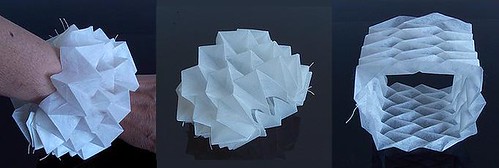
tosa usushi bracelet by Lily Yung
Click here to enlarge
Lily, you’ve worked in so many different mediums and now paper, which one would think is much more ephemeral than steel or plastic, though interestingly, your gossamer-thin wire necklaces are much more delicate than the bracelets you’ve created here. Was this the first time you’d created jewelry from paper?
I love making things and I had done origami for fun. I have used different washi in printmaking but not in 3D objects. I do find the tosa usushi that I had chosen challenging, but I had a different idea when I first started. It is a very thin paper and so folding can be tricky. With the heavier paper it is a lot easier to keep the folds.
So these are actual jewelry pieces, intended to be worn and not art pieces?
I guess in the jewelry arena these days, they are wearable art to distinguish them from production pieces.
It is not quite correct; these pieces (I plan to do more) are based on spatial architecture and are much more abstract, where as origami tends to produce narrative objects such as a crane or a flower. Once I figure out the fold, I can modify to suit whatever I am making.
I have been working with digital design using RP systems since 2005 for [another] project. So it is a lot of fun to do some hands-on work again.
How long did it take you to perfect the technique, or if not perfect, at least be happy with what you’d done?
Each piece is different, so once I am into it one piece would lead me to another, purely from manipulating the material. I would say it took me about two weeks to figure out how best to fold the washi, and for each piece there would also be time spent to figure out the closure, etc. I don't really keep track of time spent.
I am one of the founding members of *new*, a co-op gallery with a focus on contemporary craft, and Nancy (Jacobi, owner of the Japanese Paper Place and the WWS organizer) invited us to participate in the Washi summit. I created two washi pieces for our gallery and one for the Washiwear fashion show (Sunday, June 8 at the
You have a rather eclectic background: a PhD in immunology and also studies in printmaking. I take it your creative side won out, professionally speaking?
Yes, I have a varied background but I do like immunology and biology which is my first degree. There are a lot of similarities between the two: experimentation, creative thinking, and mundane work too.
Nice chatting with you Lily! See you at the show.
See more of Lily's work at http://www.lilyyung.com/
:::::::::::::::::::::
A freelance writer turned retailer and part-time crafter, Nicole’s Etobicoke shop, Honeybunch, is a bijoux corner shop filled with laid-back and affordable children’s décor, gear and toys – and crafty goodness too.
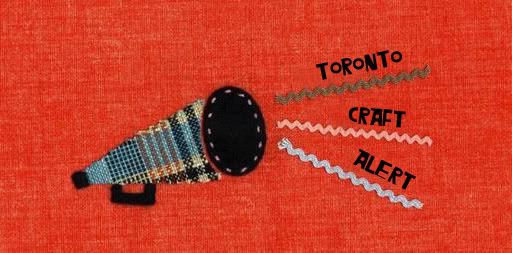

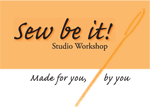


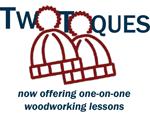

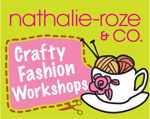


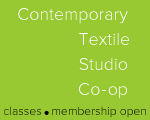

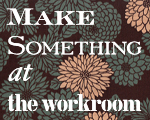

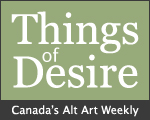


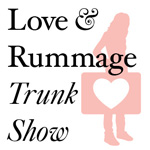




1 Comments:
that bracelet is wicked cool
Post a Comment
<< Home